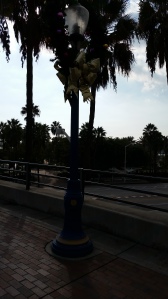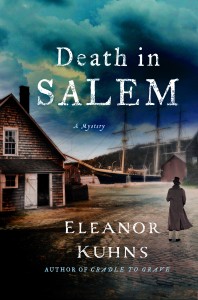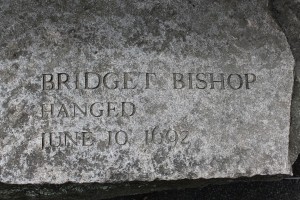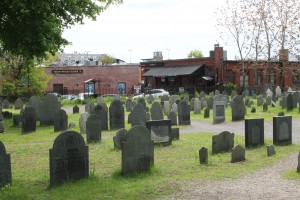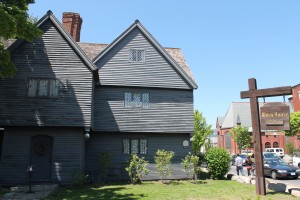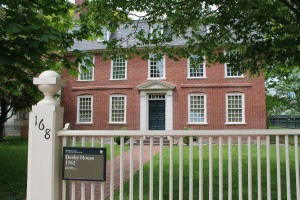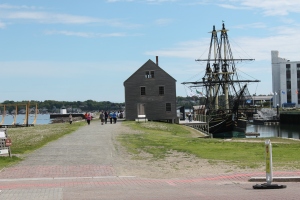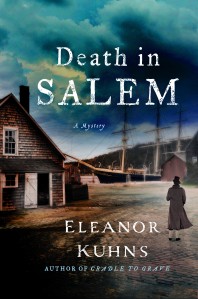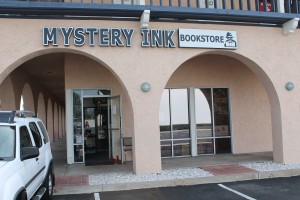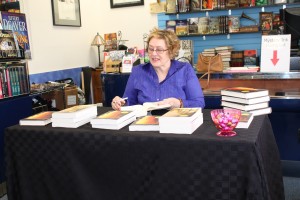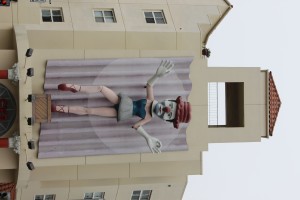As part of Sisters in Crime SINC-UP blog round robin (www.sistersincrime.org/BlogHop) I thought I would address the question: what authors have inspired you?
First and foremost, Agatha Christie. I have read all of her books, some of them multiple times. The success of the many dramatizations and most recently the PBS series, several with different actresses for Miss Marple and of course the wonderful David Suchet as Hercule Poirot, speaks to the enduring popularity of Christie’s works. There is even a new Hercule Poirot mystery coming out by a different author who, in an article in Library Journal, said she was trying to remain faithful to the original character.
Why is Christie so popular?
Certainly not her characters. Although I find her detectives interesting, Christie employs a variety of stock characters: the silly maid, the ne’er-do-well heir, the wealthy older widow, the vicar and so on. The most interesting thing that can be said of these characters is that they hearken back to an era where middle class families had maids. This is a time not too distant from our own – I know people who remember the thirties – but in many ways it is as much a foreign country to us as ancient Rome.
But the plots, the plots are incomparable. She plays fair and always puts in enough clues so a really sharp reader can figure out the ending. But she is skilled at putting in a lot of red herrings so unraveling the puzzle is not so easy.
She is the Queen of amateur detectives. Miss Marple and Poirot and Tommy and Tuppence and the others do not operate in a world of writs, and Miranda warnings and all the rest. That’s why her detectives have to explain the resolution to identify the killer. Then the killer has to confess so either a tame policeman like DCI Japp can haul him away or he (or she) can commit suicide, thereby saving the police from having to develop a case with pesky things like evidence. I appreciate that model since I write historical mysteries set in a time without a framework of laws and law enforcement professionals. And that doesn’t even mention aids like fingerprints or DNA.
Other inspirations are Barbara Hambly (writer of the Benjamin January mysteries set in the New Orleans of the 1830’s). Now, her characters I find unforgettable, and not just January himself. His sisters, his friends, even the murderers he hunts are all fully-fleshed out characters. Ask me to tell you the story of even the first January novel, which I read years ago, and I can. They are that memorable.
The other piece she does really really well is setting. What a strange culture this was, exotic and captivating all at once. In my opinion, an author not to be missed.
Another author who is rightly famous is the incomparable Anne Perry. She is very good at evoking the setting: Victorian England with all its pretensions and hypocrisy, especially sexual hypocrisy. But I read her primarily for her characters, especially the Charlotte and Pitt series. I feel as if I know them personally. Any author can aspire to writing such believable characters.
Finally, there are the wonderful Ellis Peters’s Cadfael mysteries. The medieval setting and the world of the cloister is so real it serves almost as another character.
Surely there are male authors who have inspired me? Indeed. One of my absolute favorites is Peter Tremayne, a pseudonym for a Celtic scholar. He writes about seventh century Ireland and Sister Fidelma. A woman who is both a religious and a brehon (judge). During the course of the series she marries, this early form of Christianity was quite different than the form that became known as Roman Catholicism.
Surely there are other writers I read? Of course. I loved the 87th precinct by Ed McBain but more as something different from my own experience. I enjoyed the Tony Hillerman mysteries. He did such a good job of putting you into the Navaho experience and both Chee and Leaphorn are wonderful characters. I’m glad Anne Hillerman has taken on her father’s mantle and is continuing the series. C.J. Box’s Joe Pickett mysteries and the superb Longmire mysteries from Craig Johnson are character driven and action filled mysteries.
But it is the historical mysteries that I read of tips on ‘how to do it’. The setting is not just a background for the characters and the unraveling of the mystery, but an integral part of the mystery itself. So you might find that a Crusader, infected with leprosy, is both judge and murderer. Or syphilis is the cause of a graveyard of dead babies. Or a passionate religious disagreement leads to murder.
I try hard to match such seamless interweaving of mystery, character and setting but although easy to admire, it is very hard to do.
Check out other blogs by some of the Sisters in crime blog hop and also my special friend Dora Machado at htttp://www.doramachado.com/

